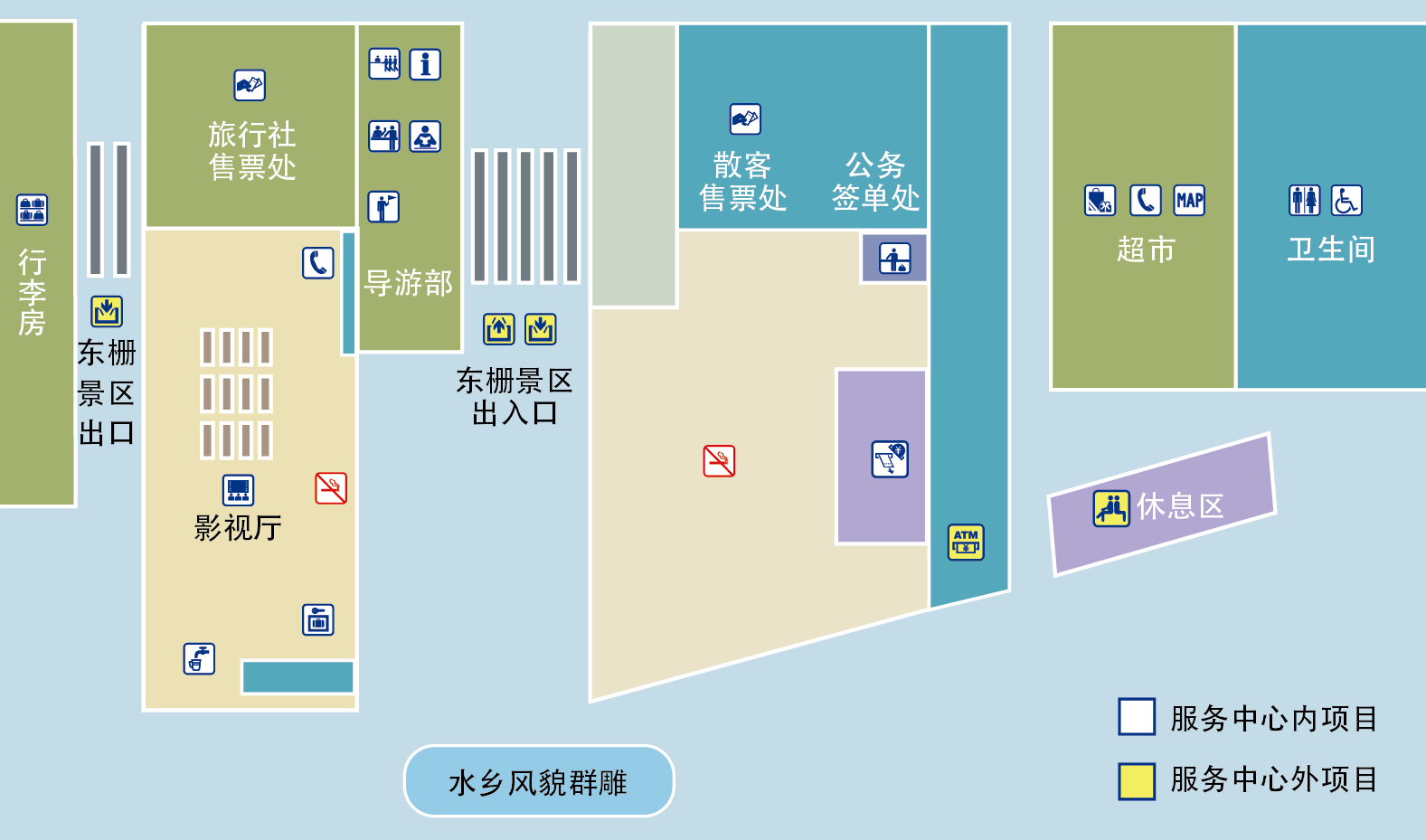

Wuzhen Fenshui pier is located outside the North Gate block of Wuzhen, and the intersection of Chexi, Lanxi, and Hengjinggang is located to the east. Therefore, it is called Fenshui, which is truly worthy of its name. At the beginning, no pavilions were built, only a high pier in the water. The "pier" (“墩”) is also known as a earth mound, which is said to be an early "Fengshui" facility. It is located at the confluence of the three rivers and the boundary between the two provinces, three prefectures, and seven counties in the past, so its geographical location is very important.
At the confluence of the three rivers, the water surface is wide, the water flow is turbulent, the water does not dry up in drought, and the wind surges, making it a dangerous place for boats. When did pier begin? There is no examination of literature or history. According to records, during the Song Dynasty, there was a Luo Xing at the mouth of the water, indicating navigation. In the early years of the Wanli reign of the Ming Dynasty (1573), subprefect Luo Dou believed in the lecture of a "geomancer" and thought that "this land is the end of two towns, and a barrier must be set up to maintain the atmosphere". So it was advocated to build a pavilion on the pier for the statue of Wenchang. Wen Changjun, also known as Wen Changxing, was a revered god who dominates the world's fame and wealth, and was also an idol of those who are committed to studying and becoming officials. Luo Dou had a good reputation, and this move was more in line with the hearts of the people of the two towns. Silver and building materials were quickly prepared. “The old piers were moved slightly to the east to build a stone port, surrounding it with stone railings," and "Your Excellency, the statue of King Xiao Long”. King Xiaolong dominated the water management of inland rivers, lakes, and berths, and could ensure the safety of boats. Based on this, it could be inferred that the buildings on the piers were pavilions, which was completed in June of the ninth year of the Ming Wanli reign.
In the future, subprefect Quan Tingxun, Yu Kun, and adjutant of justice Xu Ruze all advocated donating for repairs, and these local officials regarded maintaining the Fenshui piers as a good thing to "maitain the atmosphere" and benefit the people. In the eighth year of the Republic of China (1919), Xu Guannan advocated the construction of the Shousheng Pagoda and rebuilt the Fenshui pier with the help of local resident Lu Xuepu.
After undergoing regional and institutional changes, although the two provinces and three prefectures (cities) remain unchanged, the county territory has transformed from the previous seven counties to four cities: Wujiang, Jiaxing, Wuxing (now known as Huzhou), and Tongxiang.
Keyword: Water Diversion Pier in Wuzhen

